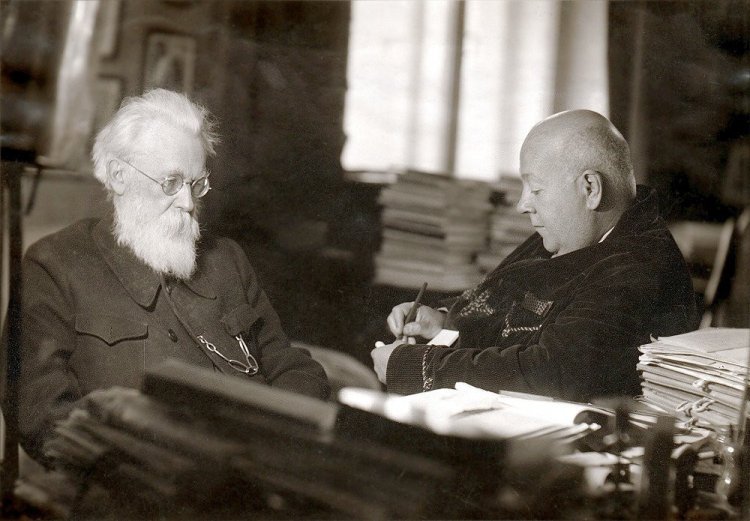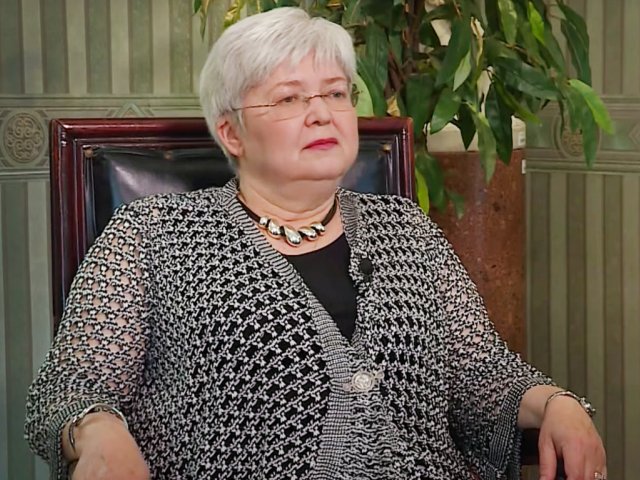July 19, 1930 is the date of the opening ceremony for the Tietta Khibiny Mountain Station of the Academy of Sciences of the USSR — a research center on Kola Peninsula
The word Tietta was borrowed from the local Sami people who lived on the bank of the lake Maly Vudyavr, between the lake and Poachvumchor Ridge. Tietta means “knowledge” or “scientific progress”, i.e., all that is the most appropriate for a new science outpost created thanks to Academician Aleksandr Fersman.
The idea first came to Fersman back in 1923. But the construction would take financial resources, while the country did not have much after the financial reform of 1922-1924. Nevertheless, the history of Tietta is about commitment and enthusiasm of Soviet scientists, therefore discussions about allocating 10,000 rubles to this project did start soon after all. It happened after the Apatit trust was created, when science-related events started happening thanks to the support from Vasily Ivanovich Kondrikov, the manager of Apatit.
The history of a young “science corner” is carefully preserved in the archive. It all started with mere wooden barracks where the scientists led by Fersman lived.
The construction began in the spring of 1930 while having snow blanket 1 to 1.5 meters high is normal in the area before July. The snow was removed by hand, while the building materials were delivered on deer-driven sledges. Molybdenite mines were at their early stage of development then, and the dirt road to the mines was not built before the end of the summer.
“Excited by the prospects and the beauty of this mountainous region, we wanted to make a center of scientific tourism out of it, to create a temporary summer base for individual teams, and to provide simple shelter huts in various parts of hard-to-reach passes, valleys and plateaus, thus creating conditions for broad scientific coverage of Khibiny and Lovozero Massifs.” - from Academician Fersman’s recollections
The geological base was built in the meeting place of the first scientist teams. A frame-and-panel building on the slope of Poachvumchor Mountain became a “lighthouse” for research pioneers.
Tietta opened its doors to scientists and lab assistants in mid July 1930. A spacious two-storey building soon “appeared” nearby. The funding came from the Academy of Sciences (100,000 rubles) and Apatit trust company.
From just a small building, Tietta grew into an influential center of science resources and ideas of the Arctic region. By virtue of a resolution made by the Presidium of the Academy of Sciences of the USSR, an AS unit was founded in Murmansk Region with the authority over all scientific organizations in Kola North (the Murmansk Biological Station, the Polar Alpine Botanical Garden, etc.).
A.Y. Fersman wrote: “The power of our North is not just in the richness of its natural resources; it is in the people who love this place passionately, whose lives and interests are tied to it, who know it and are keen to discover the secrets of its nature and take control of its power.”
In 1934, the station was transformed into the Kola Unit, which in 1949 became the Kola Branch of USSR AS, now RAS Kola Science Center.
Photo on the page and on the homepage: Unknown author/Geological Institute of the Russian Academy of Sciences






















